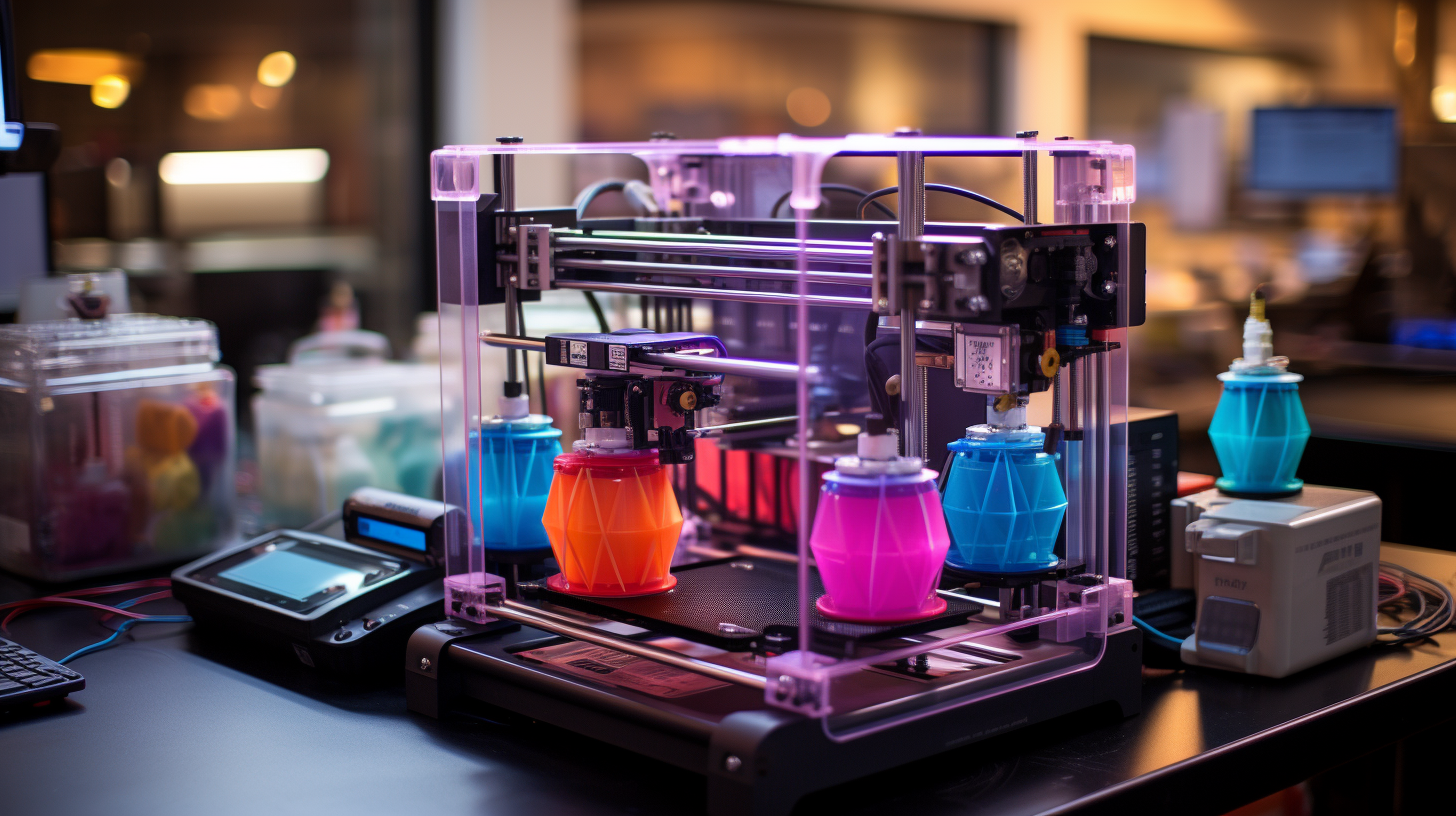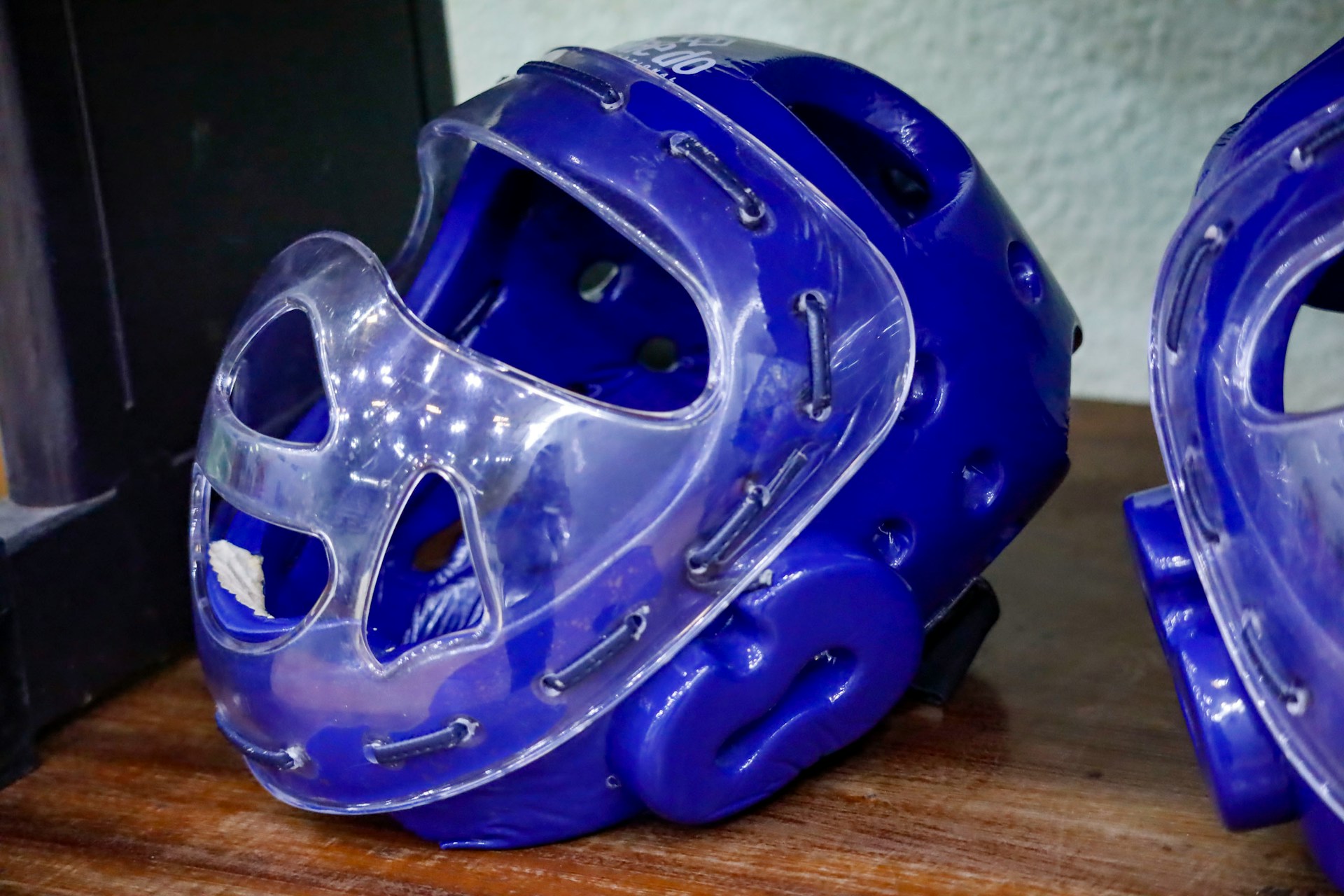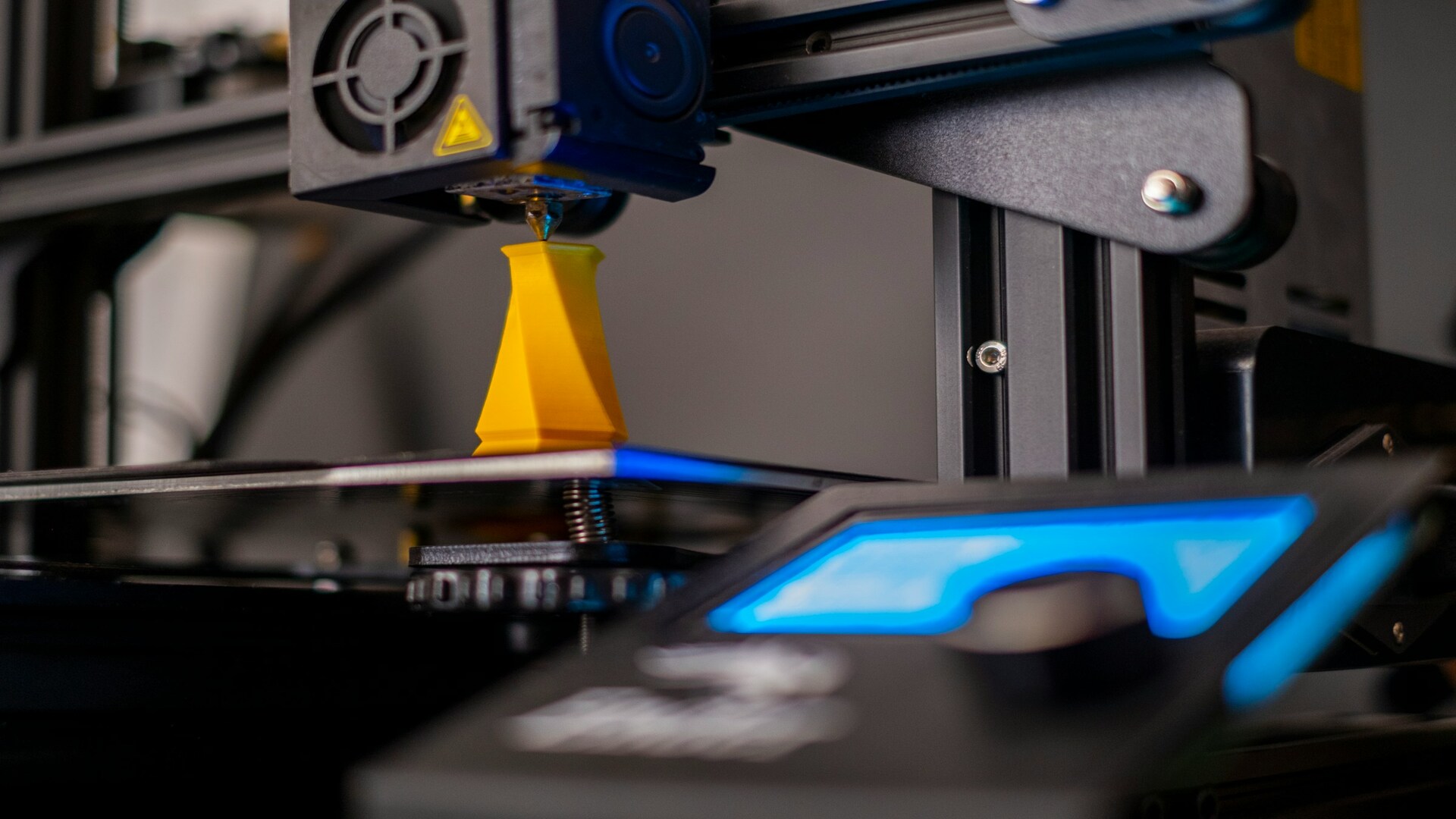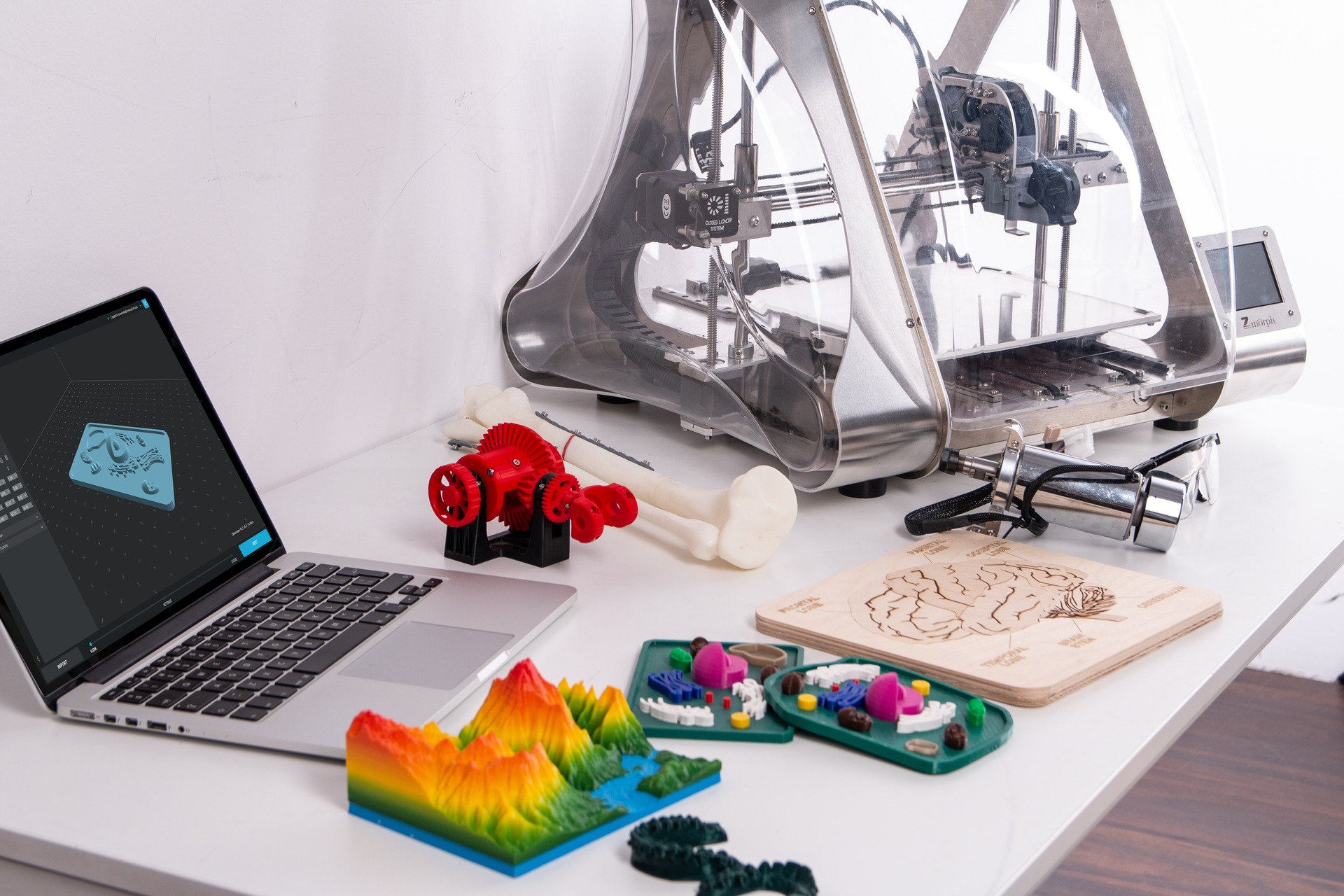
How Is Multi-Material 3D Printing Done and What Can You Make With It?
February 17, 2023 - Revolutionized Team
Revolutionized is reader-supported. When you buy through links on our site, we may earn an affiliate commission. Learn more here.
3D printing was already a sea change for modern manufacturing, and multi-material printing will take it even further. What is multi-material 3D printing? How does it work, and what technologies are involved? Let’s look at the techniques in use right now and what they’re being used to create.
What Was the First Multi-Material 3D Printer?
Most people familiar with this field credit Fab@Home for introducing not just open-source 3D printing to the masses, but also multi-material 3D printing. The Fab@Home Model 1, released in 2006, was born in Cornell University’s Mechanical & Aerospace Engineering department.
The Fab@Home Model 1 introduced a handful of design elements that are still not standard on every 3D printer, including a multi-syringe deposition system. The inspiration for the Model 1 came from the MITS Altair 8800 — a build-at-home computer kit that took personal computing by storm in the 1970s and “democratized” the PC world.
One of the printer’s developers, Hod Lipson, believes printers of this type represent a similar “democratizing” influence and will open up a wide world of creation to the masses.
What’s Possible With Multi-Material 3D Printing?
Multi-material 3D printing can print a wide variety of potentially surprising structures, components, and mechanisms, including:
- Functional batteries
- Mechanical actuators
- Sensors and other functional electronics
- Specialized materials for food printing and bioprinting
- Articulated components
Enabling a greater degree of articulation is an especially consequential development. Users create bendable joints in an otherwise solid item by using a softer material there than in the rest of the structure. The implications for “soft” robotics and other durable-but-flexible mechanisms are enormous.
Other applications for multi-material 3D printing are just as vital in modern manufacturing, even if they’re not as exciting. Picture something as straightforward as a hand tool. Being able to print the handle of the tool in a softer, more ergonomically friendly material than the rest of the tool — using the same machine — would substantially reduce the time required to fabricate it.
The same idea applies to 3D-printed electronics. If manufacturers can equip a single printer with all of the materials required to seamlessly print a functional circuit board or similarly complex structure, the entire world will benefit from the time and cost savings — especially during times of chip shortages.
What Are Some Multi-Material 3D Printing Techniques?
There are multiple technologies available for making a 3D printer capable of printing with two or more materials at a time.
1. Fused Deposition Modeling (FDM)
Fused deposition modeling is also called fused filament fabrication (FFF). It uses continuous extrusion of the desired material — typically thermoplastic — to render a three-dimensional model. FFF is desirable because it employs a range of materials and is usful in fabricating flexible components. There are two methods for using multiple materials with the FDM process:
- Single-Nozzle: Some printers offer this out of the box, and there are also aftermarket upgrades that turn single-nozzle printers into multi-material printers. These work by positioning multiple filaments behind the mixing chamber, and then having them join just before extrusion by the nozzle. This requires careful cleaning between jobs to prevent cross-contamination.
- Multi-Nozzle: In multi-nozzle FDM, each filament receives its own nozzle. It’s possible to mount the nozzles on one print head or on multiple print heads that move independently. This method requires careful calibration to set each nozzle to the same height, but it also results in less waste of the base material compared to other methods.
2. Stereolithography (SLA)
Stereolithography is where engineers take a photopolymer — a material that undergoes physical changes in the presence of light — and form it into the desired shape before curing it with a laser beam. 3D printers using the stereolithography technique can be outfitted with several reservoirs to accommodate multiple photopolymers.
One downside of SLA is that the materials used tend to turn out more brittle than the materials associated with other techniques. Like single-nozzle FDM, multi-material SLA also requires more conscientious cleaning protocols to avoid impurities between jobs.
3. Material Jetting
If you’ve ever owned a conventional ink jet printer, you understand a little bit about how material jetting works in 3D printing. Material jetting supports multiple materials with an array of miniaturized printer heads, each one equipped with a different material. As the filament is extruded into shape, it’s immediately cured with an ultraviolet (UV) light.
Material jetting doesn’t use computer-calculated paths to create the workpiece. Instead, the entire print head moves along line by line, similar to a conventional printer. This technique can be used to create full-color printed structures. Recent developments in material jetting involve suspending novel nano-materials in plastics before curing them.
4. Binder Jetting
Also called “powder bed and ink jet” printing, this technique is where the 3D printer deposits a fine powder of sand, metal, or ceramic and then hardens it using glue or other binding agent.
Binder jetting doesn’t offer the same fully featured multi-material printing capabilities of other techniques. What it does is support the addition of an additional printer head to apply secondary materials as pigments to the workpiece. Like material jetting, this supports the creation of full-color printed structures.
Where Is Multi-Material 3D Printing Headed?
There have been some fairly impressive developments within multi-material 3D printing over the last few years. One of these developments is multi-material multi-nozzle 3D printing (MM3D). Researchers from the Harvard School of Engineering and Applied Sciences (SEAS) and Wyss Institute developed this process.
Some of the technologies described above involve using multiple nozzles for the deposition of multiple printer filaments. The novel MM3D design from the Harvard-Wyss team improves on those designs in multiple ways, including the addition of high-speed valves. This:
- Facilitates seamless switching between materials.
- Ensures no risk of cross-contamination during material switchovers.
- Enables extremely rapid prototyping of advanced structures.
- Unlocks the door to large-scale bioprinting and 3D-printed complex electronics.
- Supports the creation of flexible robots (“soft robotics”).
The engineers behind this marvel say their printer can hold up to eight printer filaments concurrently and can switch between them up to 50 times per second. There’s just one nozzle for material output, but cleverly designed flow junctions prevent backflow. The process to switch materials is faster than a hummingbird can beat its wings, and that speed and precision has incredible implications for the future of complex, functional, multi-material 3D-printed components.
The printer’s creators are actively researching how to add biological inks to the process to enable medical-grade printing of medicines, bandages and implants, and even functional biological tissues.
How to Get Started With Multi-Material 3D Printing
One way you can test the multi-material 3D printing “waters” is to use the filament swapping method. It’s possible to place commands in your printer’s scripts indicating where you should pause the print to switch to a different printer filament. This may be straightforward or more difficult depending on the complexity of your design and the slicing tool you’re using.
That’s clearly not the optimal way to achieve a multi-material print, which is why Mosaic Palette, Prusa Research, and similar accessory makers have been hard at work. These products will turn your existing FDM printer into a multi-material printer without much fuss. The only downside is that it wastes a lot of material through the printing of a “purge block,” which eliminates cross-contamination during material changeovers.
If you’re serious about printing with multiple materials, you should look into dual-extruder 3D printers. There are plenty to choose from, each with their own capabilities and quirks.
No matter how it’s done, it’s clear this is an exciting advancement for additive manufacturing. 3D-printed complex components, functional electronics, and articulated mechanisms (and even robots) are all on the table now, thanks to the ability to switch from one material to another. What’ll we make next?
Revolutionized is reader-supported. When you buy through links on our site, we may earn an affiliate commission. Learn more here.







